Facilities
Integrated Solid Waste
NWMPL’s Integrated Solid Waste Management (ISWM) solutions provide a modern and systematic approach to solid waste management. We handle all aspects of complete waste reduction, collection, composting, recycling and disposal systems for our clients and have the expertise in ISWM plants ranging from 10 (ton per day)TPD to 1000 TPD.
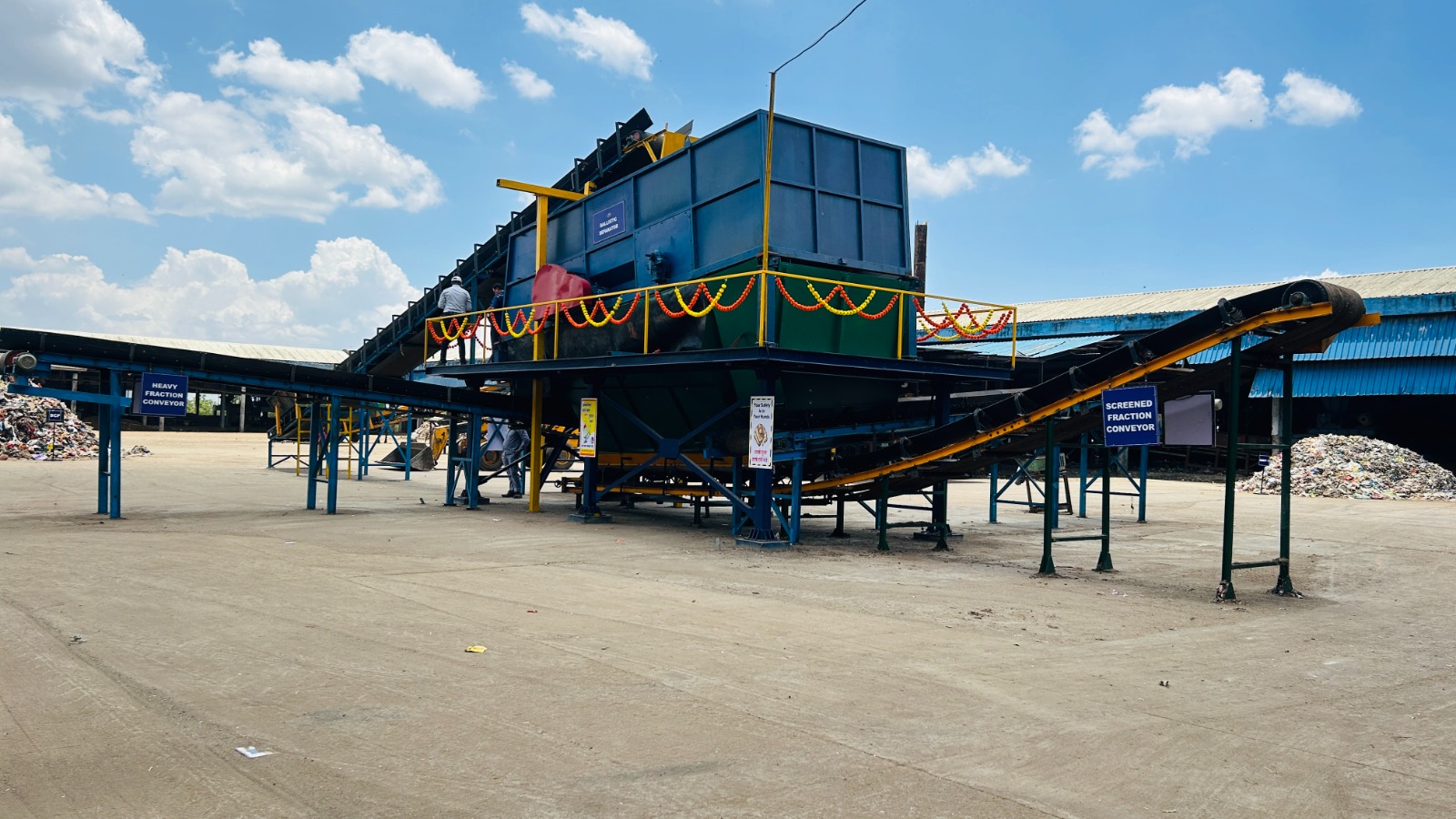
Segregation / Mechanical Recycling Facility
NWMPL has experience handling more than 600 TPD Mixed Municipal Solid Waste in Nashik. After sorting large objects manually, they are fed to the screens. Oversize material is sent for RDF, while undersize material, generally high in organic content, are transferred to the composting yard for windrow preparation.
Recyclables Recovered such as paper, plastics, and metals, from mixed waste. The recovered materials are then processed and sold as raw materials to manufacturing industries.
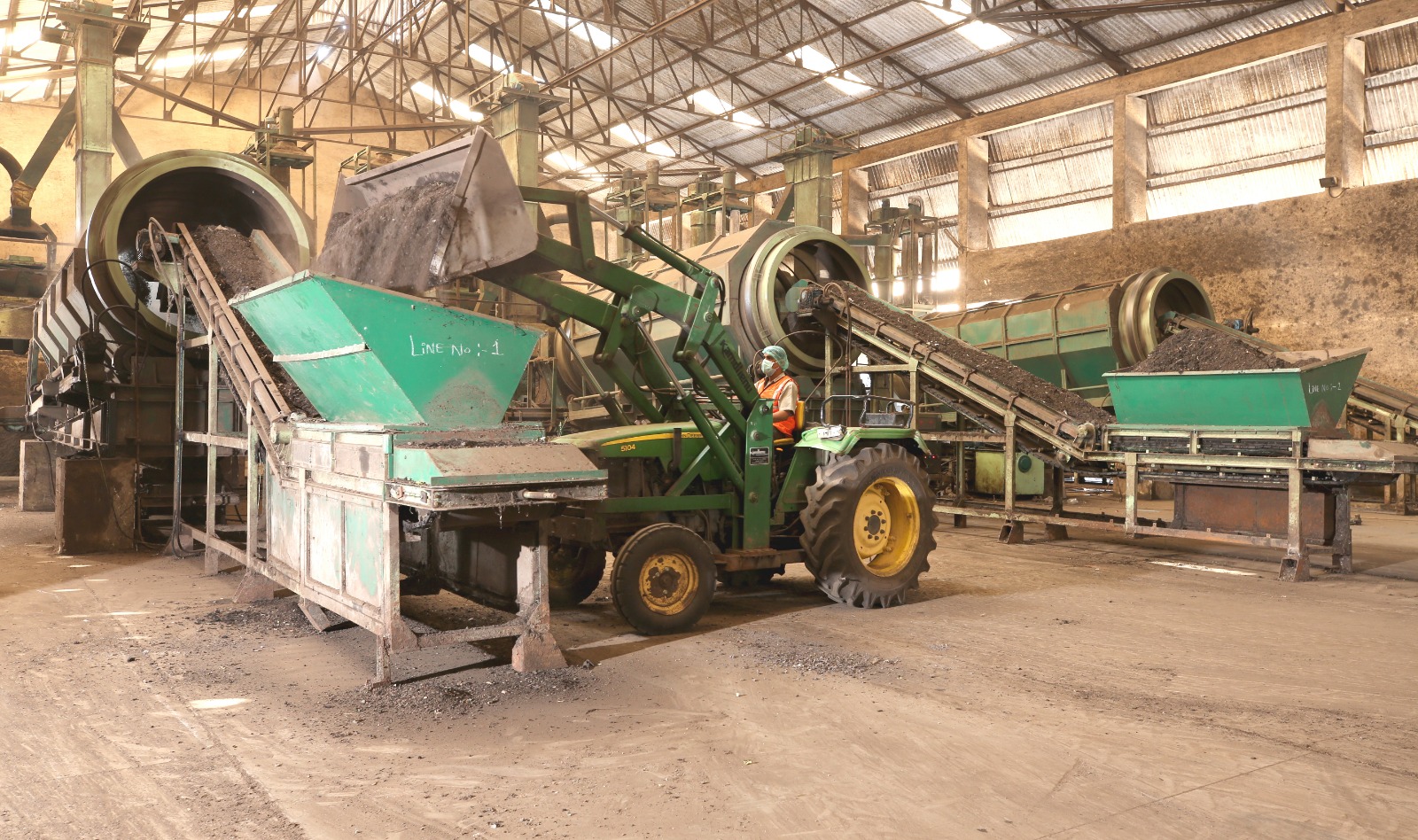
Aerobic Windrow Composting
The organic rich materials after pre-sorting will be unloaded in a pre- scheduled area of the composting yard. After applying the necessary quantity of microbial inoculant slurry preparation along with sufficient moisture, windrows (heap) are formed to facilitate composting. Degraded material is passed through series of screens for refinement. Curing is also facilitated to maintain moisture content.
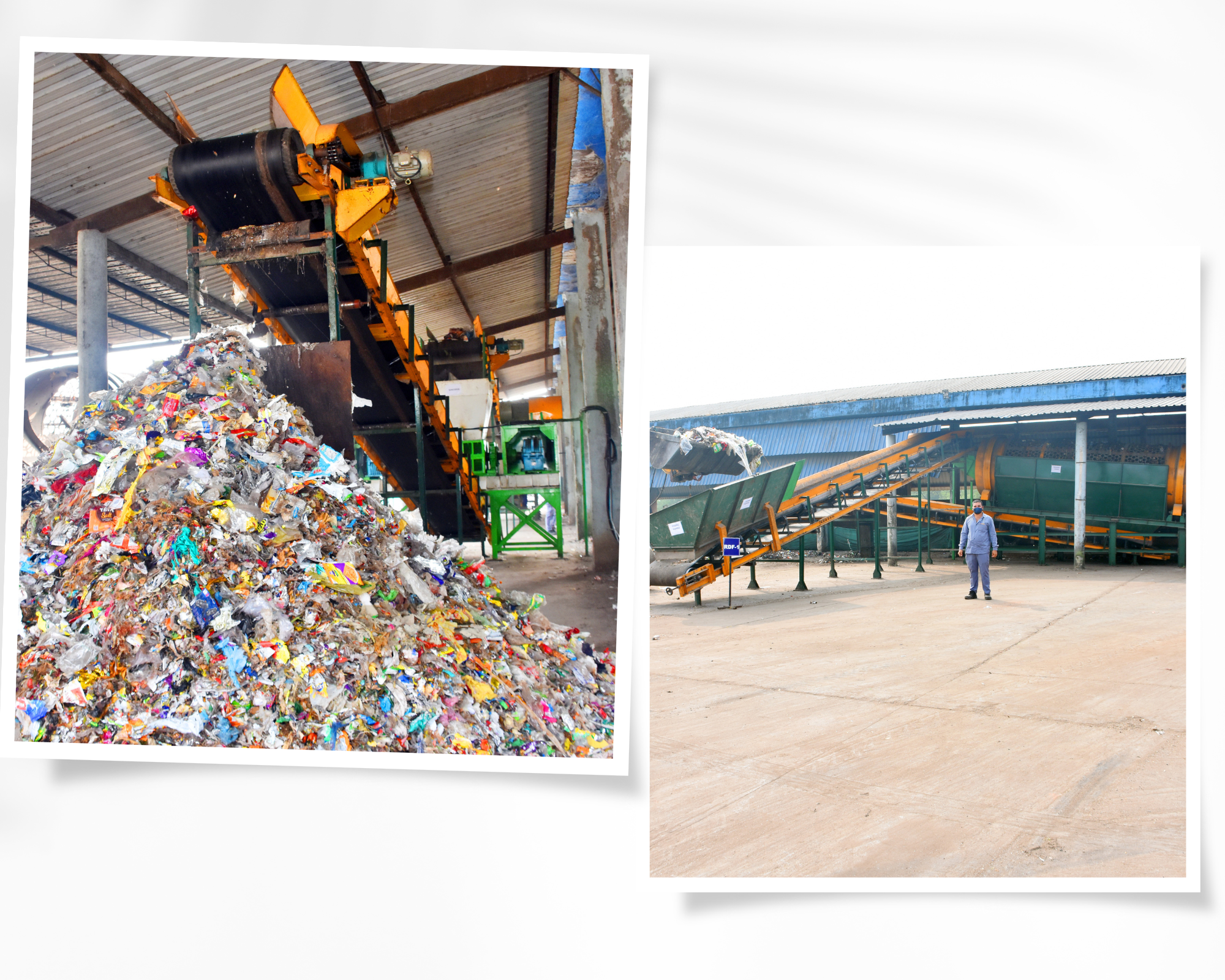
Refuse Derived Fuel
RDF is produced from combustible fraction of MSW. NWMPL converts MSW into RDF using processes like homogenising, drying, segregation, size reduction, and densification. RDF is a renewable energy source to ensure that waste doesn’t get dumped into a landfill but is instead put to good use.
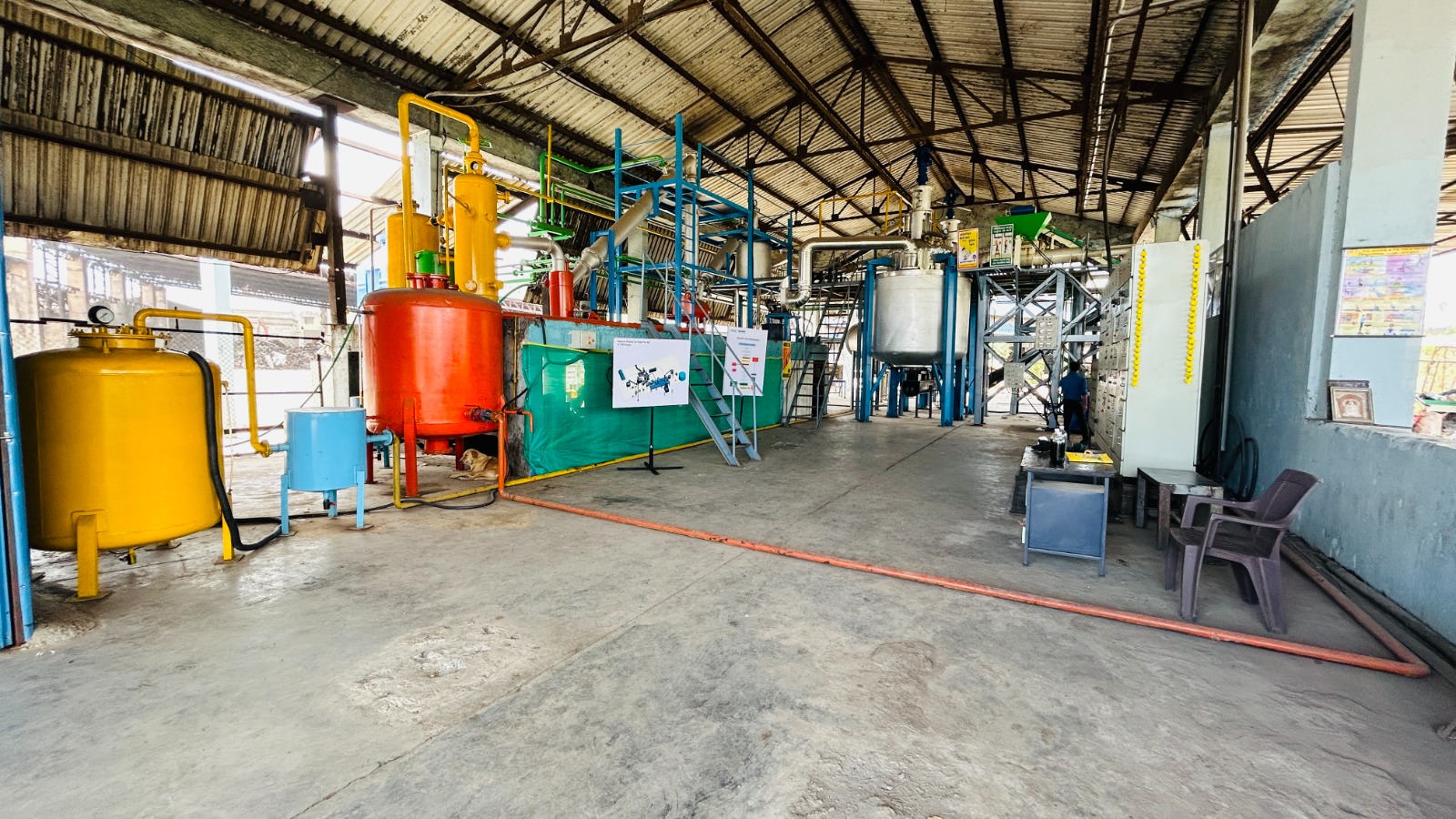
Plastic to Fuel
At NWMPL, We convert plastic waste into fuel through pyrolysis. The plastic waste is heated without oxygen, and the resulting gases are condensed and processed into fuel. This process involves converting non-recyclable plastic waste into usable fuel through a thermal decomposition process. By transforming plastic waste into fuel, plastic-to-fuel technology can reduce the amount of waste sent to landfills and help to mitigate greenhouse gas emissions.
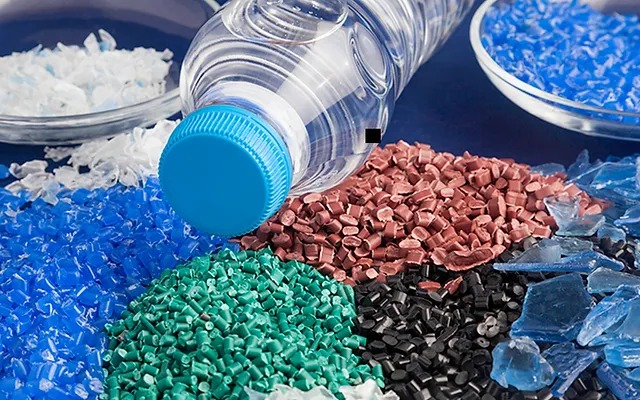
Plastic to Granule
Plastic-to-granule technology is a promising solution in integrated solid waste management. This process involves converting plastic waste into granules that can be used as raw materials for various plastic products, including the construction of plastic roads. By diverting plastic waste from landfills and incineration, plastic-to-granule technology helps to reduce the environmental impact of plastic waste and promotes a more circular economy.
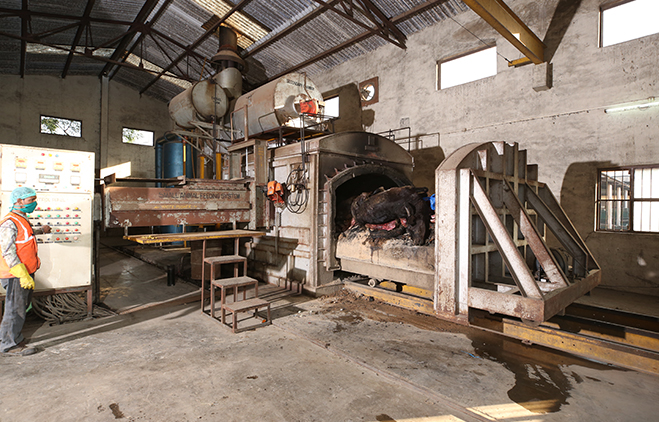
Dead Animal Incineration
Dead animals are incinerated using RDF fluff and oil from the plastic pyrolysis project. Nashik Waste Management’s incineration facilities incorporate all the processes like waste storage and handling, processing to prepare waste, combustion, residue (ash) handling and air-pollution control.
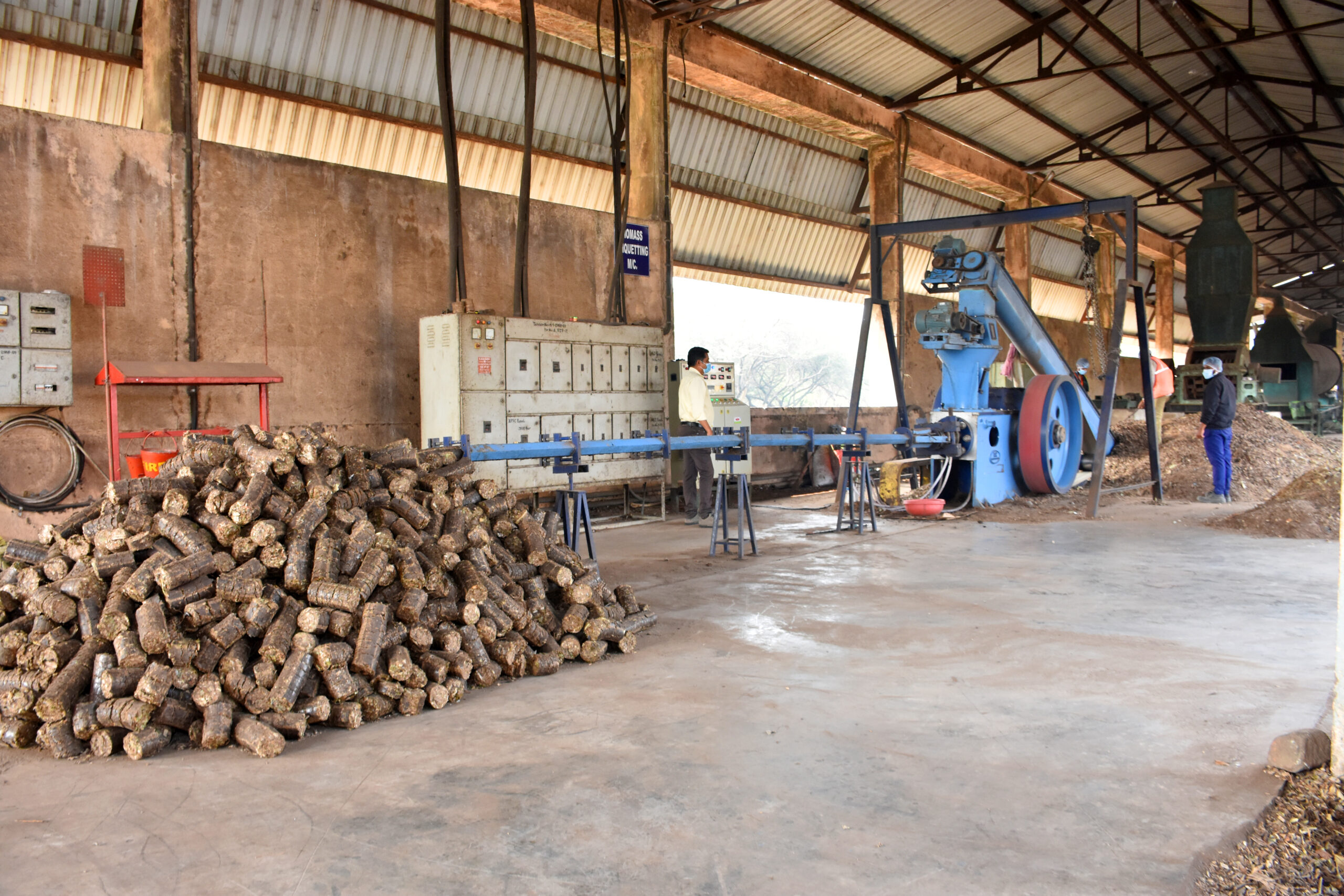
Biomass briquetting
The briquetting process at NWMPL converts agricultural waste into easy-to-transport, store and use briquettes. The process improves the handling of combustible materials and increases their volume. At the same time, it makes it available for various applications in domestic and industrial areas.
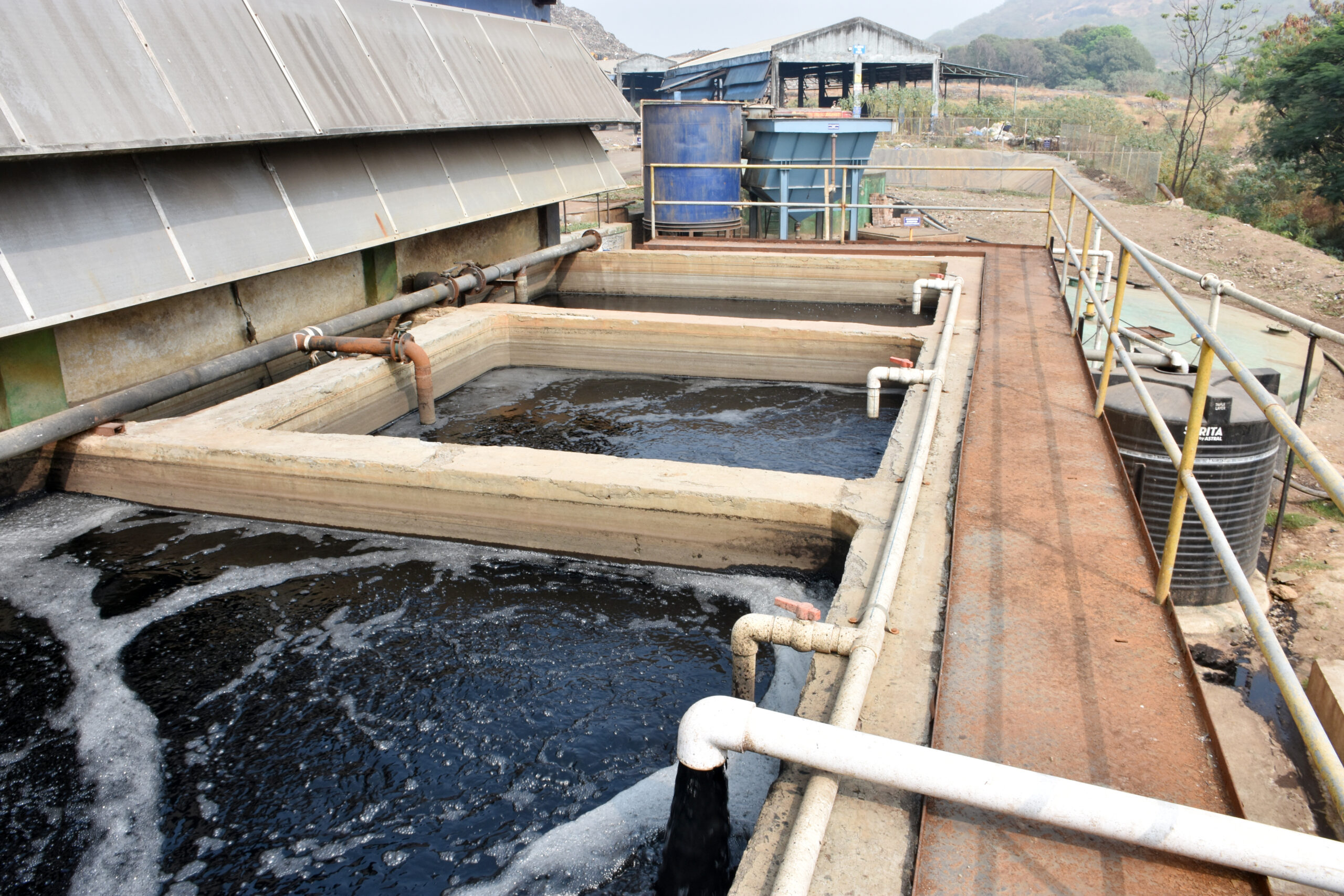
Leachate treatment plant
The briquetting process at NWMPL converts Horticulture waste/ Garden waste/ Biomass into easy-to-transport, store and use briquettes. The process improves the handling of combustible materials and decreases their volume. At the same time, it makes it available for various applications in industrial areas.

Scientific landfill
At NWMPL, we have the expertise in designing and constructing scientific landfills. We have inhouse landfill designing team. Inerts and rejects are sent for disposal into landfill. The waste is compacted and covered with soil to prevent the release of greenhouse gases and pollutants into the environment. We have developed 5 years Landfill cell at Nashik.

Bio-mining of Legacy Waste
Old Existing dumpsite is excavated and separate recyclable materials from legacy waste, which has accumulated over many years. The recovered materials are then processed and sold as raw materials to manufacturing industries. We have completed the biomining of 1.90 lakh tonnes of legacy waste old dumping sites at our Nashik project and rejects of biomining capped scientifically. Through biomining we recovered almost 50% of the land.
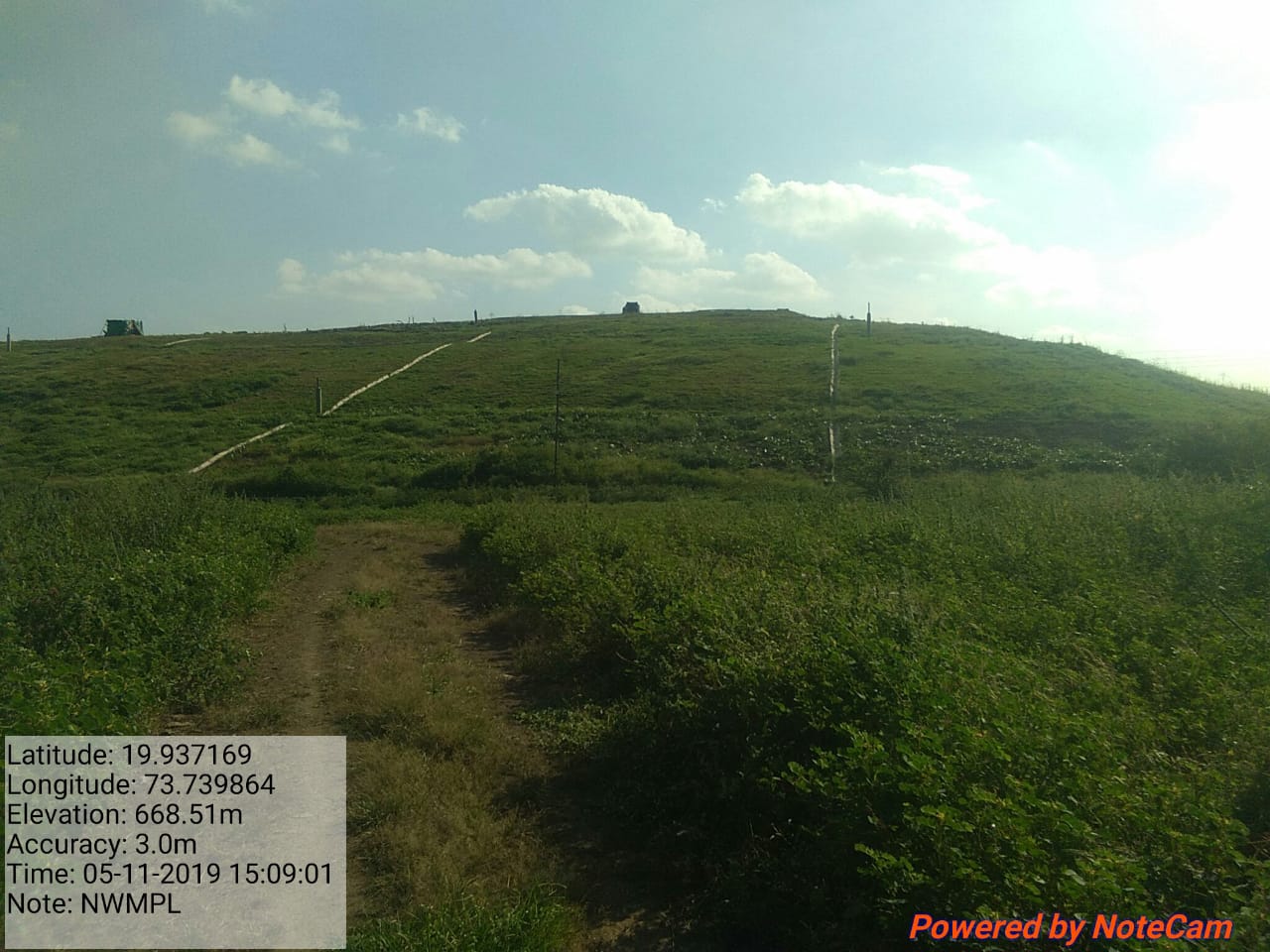
Capping of Legacy Waste
Existing dumpsite is closed/ capped by placing a protective barrier, such as clay or synthetic materials, to prevent the release of pollutants and greenhouse gases into the environment. It helps in restoring the land and creating a safe and healthy environment for the surrounding communities. Our Biomining & Capping project is also mentioned in the Advisory on Landfill Reclamation by the Swachh Bharat Mission
